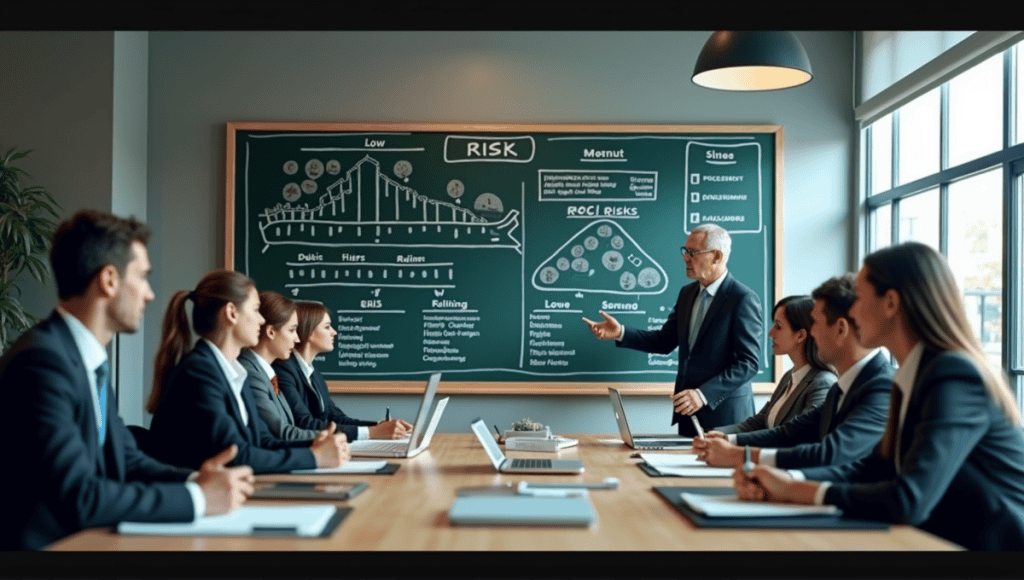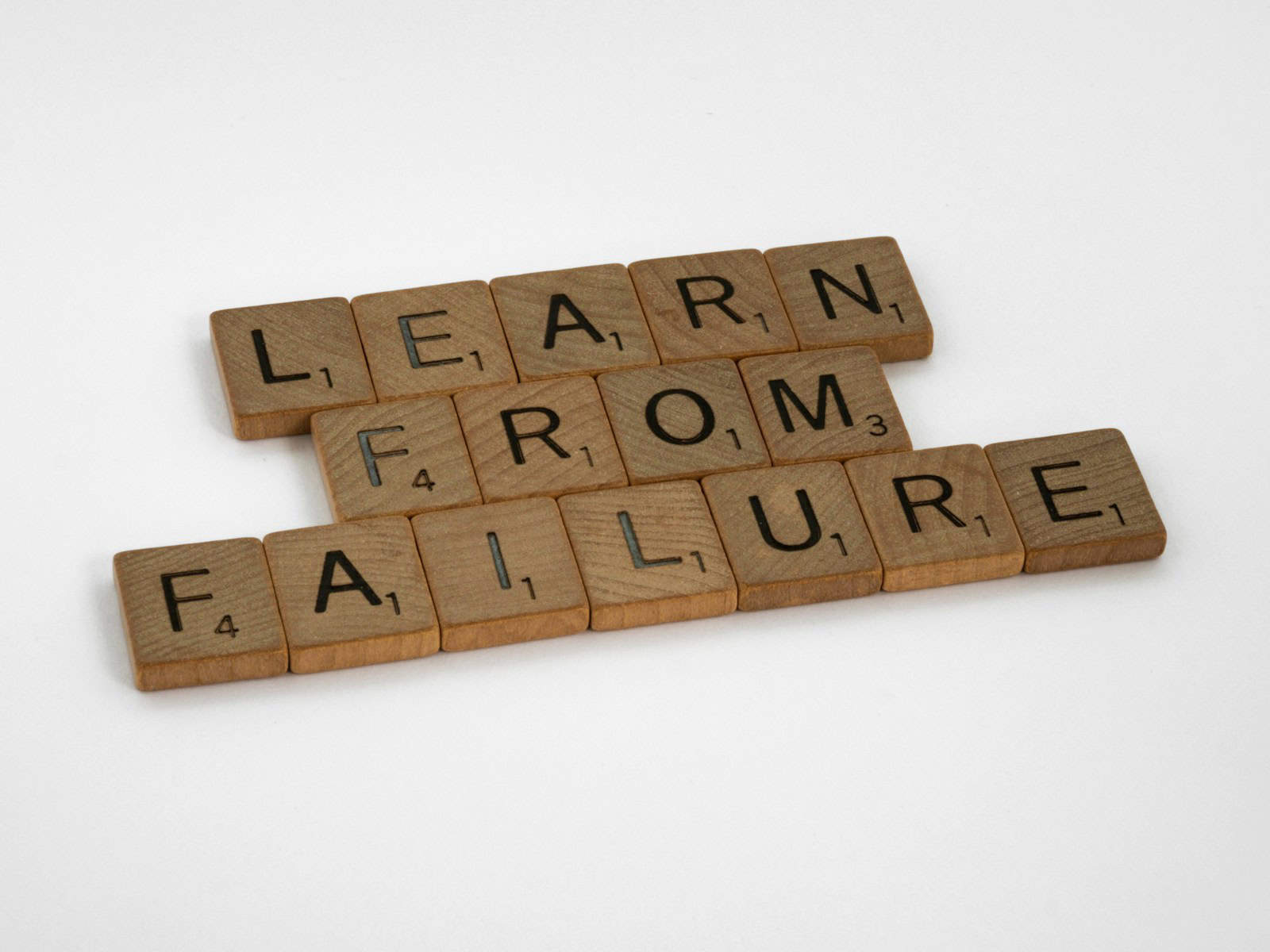Risk categorization methods are essential to managing risk effectively. I’ve watched businesses squander time and resources addressing every risk the same way. This is a waste. With the right categorization, you can prioritize risks, use resources more effectively, and devise mitigation strategies that are specific to each risk. You’ll make better decisions and manage risk more effectively for your business. Here’s how these methods can make a difference in your risk strategy.
Understanding Risk Categorization Methods

Risk categorization techniques are one of the best risk management tools any continuous improvement professional can have in their arsenal. I can’t tell you how many projects I’ve seen go off the rails due to unexpected risks. That’s why I’m excited to help you learn these techniques.
Risk categorization is simply the process of grouping potential risks into different categories based on shared similarities. This is a critical step in any risk management strategy as it allows you to prioritize and manage risks more effectively.
The advantages of risk categorization are huge. You’ll have a clearer view of all the risks you face. This clarity makes it much easier to allocate resources efficiently and make better decisions. You’ll also be better equipped to create direct strategies to mitigate specific risks.
Common risk categorization techniques include both qualitative and quantitative techniques. Qualitative techniques are based on subjective opinions, while quantitative techniques are based on numerical data. Risk matrices and risk breakdown structures are also popular tools in this area.
Categorizing risks is a critical step within the broader risk management process. It’s what allows you to analyze, assess, and plan responses to risks. Without properly categorizing risks, you’ll effectively be blind when it comes to managing them. In healthcare, fmea in healthcare is a valuable tool for identifying and categorizing potential risks to patient safety.
Qualitative vs. Quantitative Risk Categorization
In my time as a consultant, I’ve seen companies debate whether to use qualitative or quantitative risk categorization.
Let me explain it to you.
Qualitative risk categorization involves using descriptive terms to group risks. For example, you might classify a risk as high, medium, or low based on how severe it is and the likelihood it will happen. Qualitative risk categorization is intuitive and doesn’t require any mathematical wizardry.
Quantitative risk categorization, on the other hand, assigns a number to each risk. This means you’ll rely on data and statistical analysis to calculate the probability of each risk occurring and how much it would cost. Quantitative risk categorization is more accurate, though it requires more time and resources.
The benefit of qualitative risk categorization is that it’s easy to use and flexible. It’s great if you need to do a quick risk assessment or if you’re dealing with risks that are difficult to quantify. The downside is that it’s a bit more subjective and less accurate.
The benefit of quantitative risk categorization is that it’s more accurate and you can defend the results to someone who might challenge your risk management decisions. The downside is that it’s more challenging and time-consuming.
In my experience, qualitative risk categorization is the best choice if you have limited data or need to do a risk assessment quickly. Quantitative risk categorization is the best choice if you’re dealing with financial risks or need to quantify a detailed cost-benefit analysis.
Many companies use a hybrid approach, which combines the ease of qualitative risk categorization with the accuracy of quantitative analysis. This is the best of both worlds.
Risk Matrices as a Categorization Tool

Risk matrices are one of the most common risk categorization tools. I’ve used them in various industries, and they never fail to generate valuable insights.
A risk matrix is a visual representation of risks categorized by two dimensions: the likelihood and impact. It’s often a 5×5 grid with likelihood on one axis and impact on the other.
To create a risk matrix, you’ll first establish your likelihood and impact scales. Then plot each identified risk on the grid based on your assessment of how likely it is to occur and the potential impact.
Interpreting the risk matrix is simple. Risks in the top right (high likelihood high impact) are your top priorities. Risks in the bottom left (low likelihood low impact) are less of a concern.
The primary benefit of a risk matrix is that it’s visual. It’s a quick, easy to understand snapshot of your risk landscape. This makes it a great communication tool, especially if you’ll be discussing the risk matrix with non-technical stakeholders.
However, risk matrices have their drawbacks. They can oversimplify a more complex risk. They aren’t great at showing how risks might be interrelated. And they tend to focus specifically on negative risks and overlook opportunities.
To use a risk matrix effectively, make sure you have well-defined likelihood and impact scales. Regularly check in and update the risk matrix as you learn new information. And always remember that it’s just a tool to help you make decisions – not a substitute for thinking critically about the risk.
Risk Breakdown Structures (RBS)
Risk breakdown structures (RBS) are excellent for categorizing risks in a hierarchical manner. I’ve found RBS especially helpful when dealing with complex projects that have risks coming from multiple sources.
An RBS is similar to a work breakdown structure in project management, but for risks. It’s a structured way to categorize and identify risks.
To build an RBS, start by identifying the primary categories of risk that make sense for your project or company. Then, break these down into subcategories. Continue breaking them down until you’ve reached a level of detail that makes sense for managing the risk.
An RBS ensures that you consider all of the risks that could impact the project. When you use a structured framework, you’re less likely to forget about a risk. It also makes analyzing and reporting on the risk easier because it gives you a nice organized structure.
For example, an RBS for the manufacturing industry might have categories like “Supply Chain Risks,” “Production Risks,” and “Market Risks,” each of which would then be broken down further. Under “Supply Chain Risks,” you could have “Supplier Reliability,” “Transportation Risks,” and “Raw Material Price Fluctuations,” and so on.
Common Risk Categories

I’ve seen a variety of risk buckets throughout my career. If you understand these common buckets, you can create a more holistic risk management strategy.
Financial risks are the top concern for most companies. This includes market risk (changing market conditions) credit risk (counterparty default risk) and liquidity risk (inability to satisfy short-term financial obligations).
Operational risks are inherent in your daily operations. This includes process failures, human errors, and system failures. For example, I once advised a company that lost millions of dollars due to a basic data entry error. It really made operational risk management feel more real to me.
Strategic risks jeopardize a company’s long-term strategy. This includes competitive risks, market risk, and a technology risk. In the world of today’s fast moving business environment, these risks collectively make a company.
Legal and compliance risks come from regulations and potential lawsuits. If you fail to adhere with a regulation, you face huge fines and a tarnished reputation.
Reputation risks are often crushing. In today’s social media world, one small incident can turn into a public relations disaster. I’ve seen companies take many years to recover from a reputational hit.
ESG (environmental, social, governance) risks are more on investors’ and consumers’ minds. Climate change, social risks, and evolving consumer expectations can all negatively impact how you run your operations.
Risk Categorization by Impact

Prioritizing risks based on their impact is an important step in effective risk management. Low impact risks have few consequences if they materialize. They might result in a small financial loss or an inconvenience, but they won’t significantly disrupt operations. Medium impact risks have some consequences. They might cause moderate financial losses, temporary operational disruption, or localized reputational damage. High impact risks are the risks that your business simply cannot tolerate.
When they materialize, they will cause significant financial losses, major operations disruption, or widespread reputational damage. Assessing impact requires thoughtful consideration of potential financial losses, operations disruption, reputational damage, or relevant considerations. You should involve relevant subject matter experts in this conversation.
In my experience, a low impact risk might be a small supplier delay or a budget overrun of just a few thousand dollars. A medium impact risk might be a brief production stoppage or losing a single mid-sized customer. High impact risks might be a major regulatory penalty, a significant cyber attack, or the loss of a key executive.
Risk Categorization by Probability
Likelihood is the other key aspect of risk categorization. It tells you how likely a risk is.
Very unlikely risks have less than a 10% chance of occurring. These are risks that you’d be shocked to see happen. For example, a once-in-a-century natural disaster.
Unlikely risks have a 10-30% chance of occurring. While these risks aren’t particularly common, they also wouldn’t be shocking. For example, a significant equipment failure in a very well run operation.
Possible risks have a 30-50% chance of occurring. These risks are something that can easily happen. For example, a project delay in a very complex project.
Likely risks have a 50-70% chance of occurring. You should expect these risks to happen if things continue as they are. For example, customer complaints in a service business.
Very likely risks have over a 70% chance of occurring. These risks are nearly certain to happen unless something changes. For example, staff turnover in a very high stress environment.
Keep in mind these probability ranges are general guidelines. You’ll need to adjust them up or down based on your unique situation and risk tolerance.
Risk Categorization by Timeframe

Time is an important dimension in risk management. Ranking risks by time horizon allows you to prioritize your response efforts and prepare for the future.
Immediate risks are risks that could happen at any time. You should always be prepared for them and able to respond immediately. For example in my prior role I saw immediate risks like equipment failure and sudden market movements take companies down that weren’t prepared.
Short-term risks may materialize in a few weeks or months. For example, you might face seasonal demand swings or new regulations you know are coming. You need to have mitigation plans for these risks.
Medium-term risks play out over a 1-3 year time horizon. You might see technology shifts or new competitors starting to emerge that aren’t quite immediate risks but also aren’t 5-10 years down the line risks either.
Long-term risks take longer than three years to materialize. Climate change, demographic changes, and shifts in geopolitical dynamics are all examples of long-term risks. While these risks may seem far off, they really matter. considering time horizons in risk assessment helps you strike the right balance between immediate short-term concerns and long-term strategic risks. I’ve seen many businesses only think about short-term risks and then get blindsided by something long-term.
Multi-factor Risk Categorization Methods
Single factor categorization doesn’t always capture the full complexity of your environment. Multi-factor categorization is a more sophisticated solution for this reason.
Multi-factor categorization uses more than one classification criterion. For example, you might categorize risks by impact, probability, timeframe, and risk type. This allows you to better understand the risk landscape.
One common example is the PESTLE framework, which classifies risks as Political, Economic, Social, Technological, Legal, and Environmental factors. Another example is the McKinsey Risk Cube, which considers impact, likelihood, and preparedness.
The advantage of multi-dimensional categorization is that it is more comprehensive. It provides a more complete picture of your risks and allows you to capture the nuances you might miss with single factor methods. As a result, you make more informed decisions and develop better risk management strategies.
The downside is that multi-dimensional categorization is more complex. It requires more data, more sophisticated analysis, and often more sophisticated software. It also makes communication more complex, especially with non-technical stakeholders.
There are various software tools for multi-factor risk categorization. Some are general risk management tools, while others are more custom spreadsheet solutions. The right tool for you depends on your organization and your team’s capabilities.
Industry-specific Risk Categorization Methods
Risk categorization is not one-size-fits-all. Each industry has unique risks, and thus, you need a unique risk categorization framework.
For example, in financial services, risk categories might include market risk, credit risk, liquidity risk, and operational risk. Many of these categories are standardized by regulators, such as the Basel Committee.
In IT and cybersecurity, risk categorization revolves around threats, vulnerabilities, and impacts. The NIST Cybersecurity Framework outlines a great risk categorization framework.
In project management, the RBS is the risk categorization method. You might have technical risks, management risks, commercial risks, and external risks.
In manufacturing and supply chain, risk categorization might include supplier risks, logistics risks, production risks, demand risks, etc. I’ve worked with several manufacturing and supply chain companies to design a custom risk categorization system for this reason.
Therefore, make sure to adapt risk categorization frameworks to your industry. This ensures you’re discussing the most relevant risks and using terminology your stakeholders understand. Feel free to adjust the frameworks slightly to better fit your industry.
Implementing Effective Risk Categorization

Implementing a risk categorization system requires careful planning as well as flawless execution. Here’s a step-by-step roadmap based on my experience:
Start by defining your objectives. What do you hope to accomplish with your risk categorization system? This will help you determine your approach.
Involve relevant stakeholders. Their input is essential to help you identify and categorize risks. I’ve seen many projects fail by not involving the right people from the beginning.
Select a categorization method that makes sense for your business. Account for any industry regulatory requirements and your organization’s culture.
Create crystal clear definitions and criteria for each risk category. This will help ensure that everyone in the organization categorizes risks consistently.
Train your team on how to use the system. People won’t use something they don’t understand, so don’t overlook this step.
Integrate risk categorization into your existing risk management processes. It shouldn’t feel like an extra step. Ideally, it should feel like a natural step in your existing processes.
Regularly revisit and update your risk categories. As your business evolves, your risks will also evolve.
Common challenges you will encounter when implementing the solution are resistance to change, lack of resources, and inconsistent application. You can address each of these challenges by being a good communicator, investing in training, and offering consistent ongoing support.
Keep in mind that risk categorization is not a one-time activity. It’s an ongoing process that will require continuous improvements and changes. If you stick with it, you will definitely make massive improvements to your risk management efforts.
Signing Off
Risk categorization is one of your most important assets. I’ve witnessed it single-handedly elevate risk management. You now know how to categorize risks effectively. Use both qualitative and quantitative methods. Use risk matrices and breakdown structures. Evaluate impact, probability, and timeframes. Remember industry-specific strategies. It may be difficult to implement, but the reward is significant. You’ll mitigate risk much more effectively. You’re now ready to address risks.


